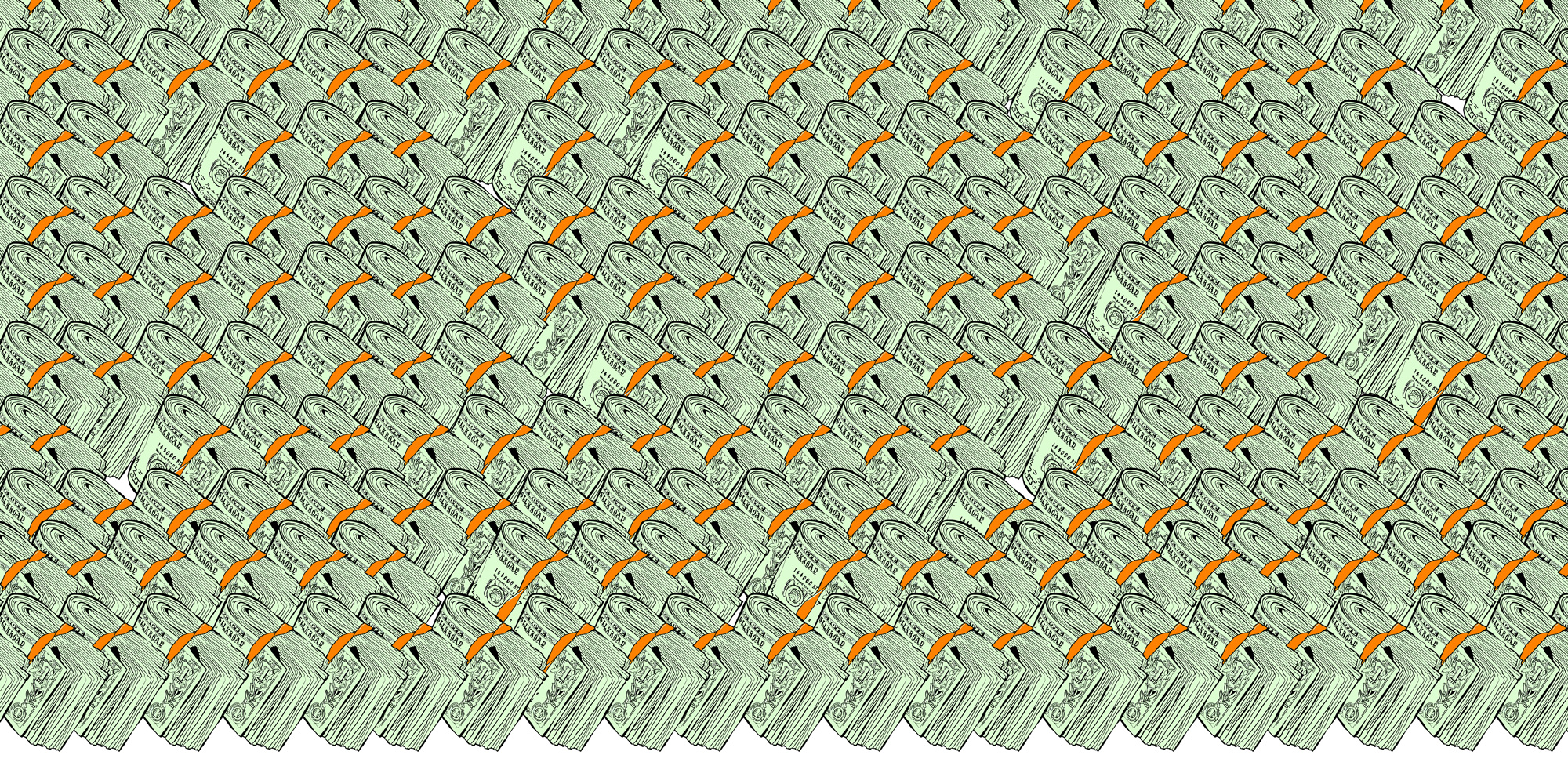CHEAP COINS
June 27, 2014
1BTC:$600.864500
- Artist
- Fact Date
- Fact #
- undefined
- Printing Specifications
- Paper / Stock
- Page Size
When the Feds seized 170,000 BTC from Silk Road, they couldn’t just hodl for life. Sooner or later the coins would have to be offloaded onto the market. In June 2014, venture capitalist Tim Draper bagged 30,000 of the black market BTC at auction, netting himself the deal of the century.
In 2013, the United States government, an institution forged in the age of paper and gold, found itself in possession of a uniquely 21st-century treasure. With the arrest of Ross Ulbricht and the shuttering of Silk Road, federal agents seized a digital hoard of unprecedented scale: over 170,000 bitcoins. The U.S. now effectively owned a huge chunk of the cryptocurrency that, in the minds of many of its early libertarian-leaning holders, had been created to displace it.
The U.S. government has a long history of seizing criminal assets, but these usually take the form of real estate, vehicles, cash, and jewellery. But following Ross Ulbricht's arrest, the FBI recovered 29,657 BTC from Silk Road's servers and a trove of approximately 144,342 BTC on Ulbricht's personal laptop. This digital fortune, now under the control of the U.S. Marshals Service (USMS), presented the agency with a dilemma: how to convert this “pirate's treasure” into U.S. dollars in a manner that was legally sound, financially prudent, and operationally feasible.

After much consideration, the USMS announced that these proceeds of crime would be offloaded in the form of a Bitcoin auction. The nearly 30,000 BTC seized from Silk Road’s servers would be sold using a sealed-bid auction in which bidders would have no knowledge of competing bids. The coins would be broken down into individual lots of 3,000 BTC.
Naturally, the agency was fussy about who it was willing to sell the coins too and thus enforced rigorous compliance checks. Interested bidders were required to wire a refundable deposit of $200,000 from a U.S.-based bank, effectively ensuring that only accredited investors could participate.
The secrecy of the sealed-bid auction was unfortunately blown when the USMS leaked the bidder list when it inadvertently sent them an email that cc’d in all 40-plus applicants. Competitors now knew exactly who they were up against. This included hedge fund Pantera Capital Management, Coinbase, and the Bitcoin Shop.
Bidding for Bitcoin
As the auction date loomed, different strategies emerged. Barry Silbert, then CEO of SecondMarket and the Bitcoin Investment Trust, organised a bidding syndicate. This allowed smaller, accredited investors to pool their capital, with buy-ins ranging from $25,000 to $50,000. Silbert's syndicate proved immensely popular, attracting 42 distinct bidders who collectively submitted 186 bids.
On Friday, June 27, 2014, the auction went ahead as planned and the crypto world waited for the results to be revealed. On June 30, losing bidders, including Barry Silbert's syndicate and the hedge fund Pantera Capital, announced that they had been outbid. Then, on July 1, the USMS made a stunning announcement: a single, unidentified bidder had won every single one of the ten blocks.
The clean sweep defied predictions that the coins would be distributed among multiple bidders. Shortly thereafter, the winner was revealed to be Tim Draper, the legendary Silicon Valley venture capitalist known for successful bets on companies like Hotmail and Skype.
Tim Draper recounts how “the night before the auction, I decided that I would actually bid over the market price. The market was $618 and I bid $632. My thinking was this: either Bitcoin would be extraordinary and transform the world economy, or it wouldn’t. If it did, the market for Bitcoin against fiat would be infinite, as Bitcoin rose and the dollar fell. If it didn’t, I would lose my investment. It didn’t really matter much if I bid $617 or $632. I was surprised that I won all nine lots, and I ended up buying more than was prudent for me, so I tried to get my old partnership at DFJ to share the purchase, but they didn’t want it, so I ended up owning the whole thing.
Draper also recollects “having to wait about an hour for the six verifications to go through as the blockchain was so slow back then. I made the US Marshall’s office stay on the phone for the entire verification. I had to pay them the money upfront, and they needed to deliver the bitcoin.”
By bidding a premium, he ensured that he would secure the entire lot, giving him a significant stake in the very ecosystem he intended to help build. It was an investment decision that was to put all his previous deals in the shade.
- Artist
- XXXXX
- BTC On this day
- June 27, 2014
- Market Cap
- $7,783,899,165
- Block Number
- 308,178
- Hash Rate
- 122,578.654 TH/s
- Price Change (1M)
4%
- Price Change (3M)
21%
- Price Change (1Y)
490%
